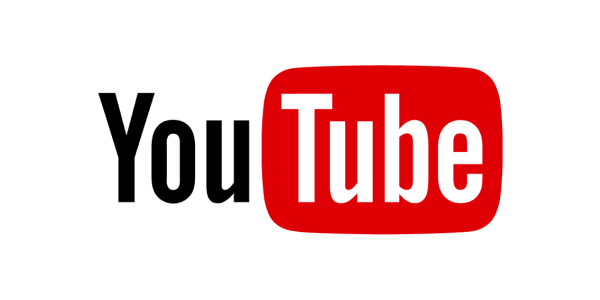YouTube is testing a new method where advertisements are embedded directly into video streams. This technique, called "server-side ad injection," makes ads invisible to ad blockers.
Impact on businesses and advertisements
For companies, this approach means that their advertisements stand out more. By integrating the ads directly into the video stream, they appear as part of the content. This significantly increases the visibility and effectiveness of advertising campaigns.
Server-side ad injection ensures that ads are incorporated directly into the video stream, meaning they cannot be detected or blocked by ad-blockers. This provides advertisers with the assurance that their ads are actually being shown to viewers, which can lead to higher click-through rates and better results for their campaigns.
User and extension feedback
SponsorBlock, an extension that skips sponsored segments, reported on X that YouTube is experimenting with this technique. As a result, timestamps are disrupted, as advertisements are now part of the video stream. To prevent incorrect data, SponsorBlock is temporarily rejecting submissions from users who see these embedded ads.
Users have mixed reactions to this new method. Some are concerned about the impact on their viewing experience, while others understand the necessity for YouTube to generate revenue. Extensions like SponsorBlock are adjusting their strategies in response to these changes, which signifies an ongoing struggle between YouTube and ad-blocking tools.
Broader view of YouTube's strategy
This test is part of YouTube's broader strategy to tackle ad blockers. Previously, YouTube focused on browser ad blockers and popular third-party YouTube apps on mobile devices. The goal is to protect YouTube's primary source of revenue, advertisements.
YouTube has taken various measures in the past to combat ad blocking, such as blocking access for users with ad blockers enabled and introducing non-skippable ads. Server-side ad injection is a further step in this direction and demonstrates YouTube's determination to maintain a sustainable advertising environment.
What users can expect
Google encourages users to subscribe to YouTube Premium for an ad-free experience. While Google is unlikely to explain in detail how server-side ad embedding works, it requires significant adjustments to YouTube's video distribution infrastructure.
This test is currently limited but will likely expand. YouTube aims to make ad-blocking tools increasingly ineffective. For users who do not wish to subscribe to YouTube Premium, this means they will likely see more ads that are difficult to avoid.
YouTube continues to seek ways to monetize their platform while providing users with the best possible experience. It is a delicate balance between generating revenue and maintaining a satisfied user base.

